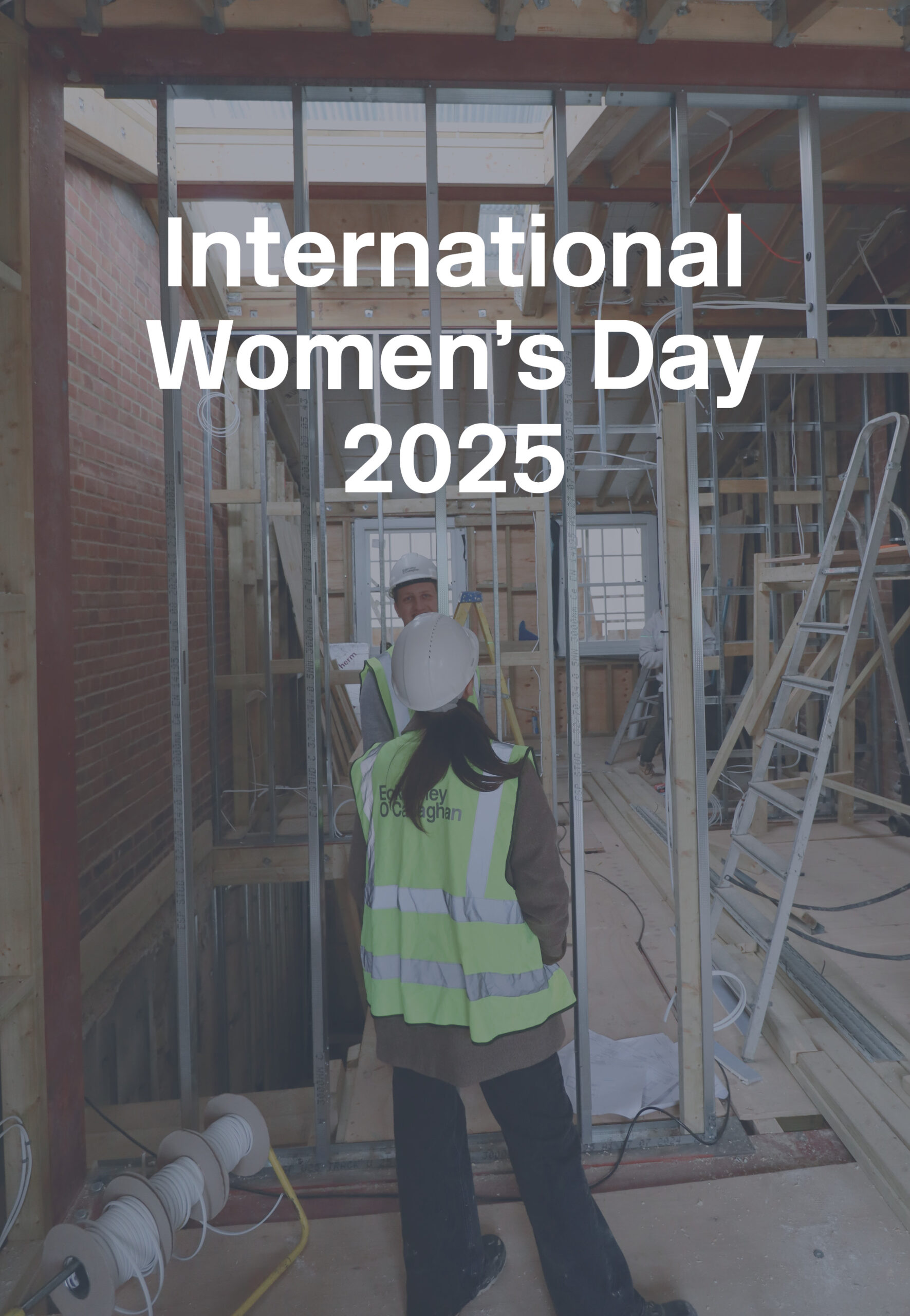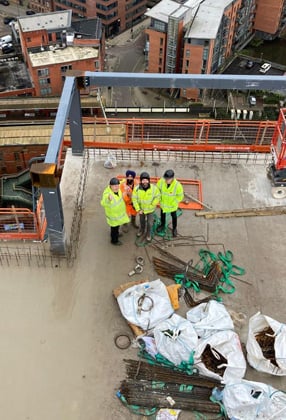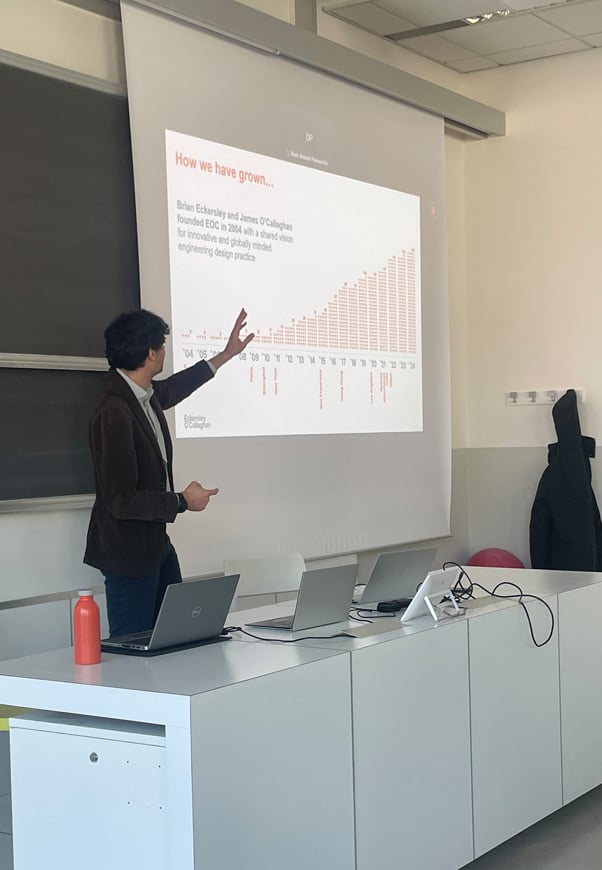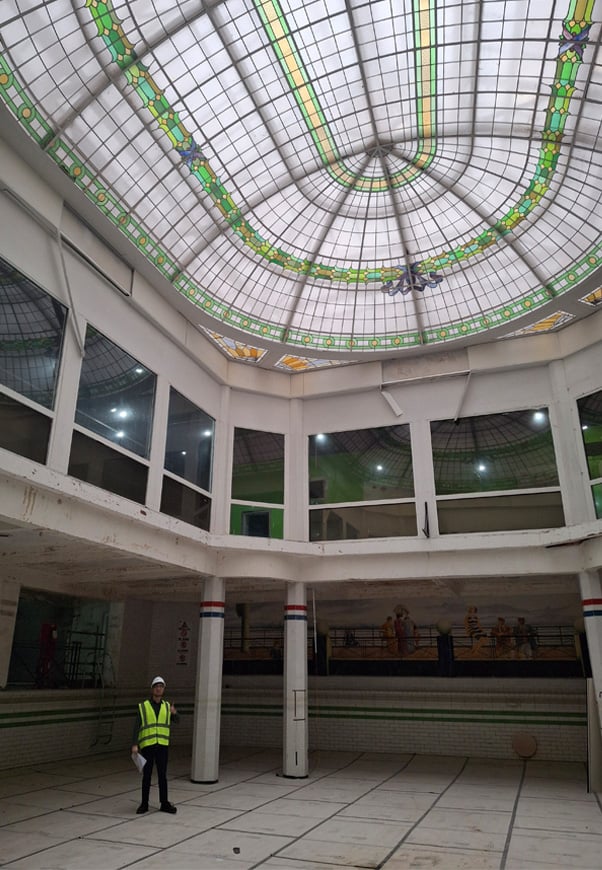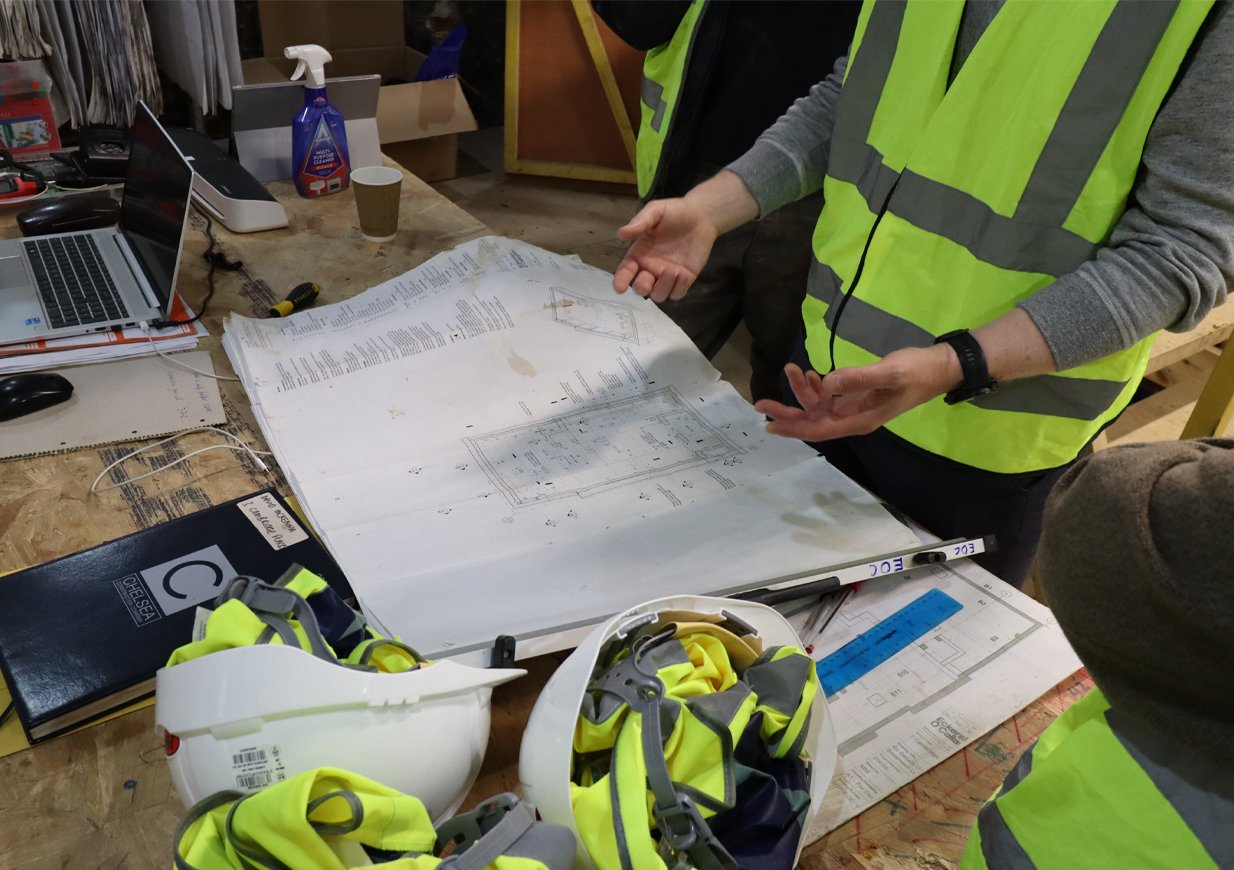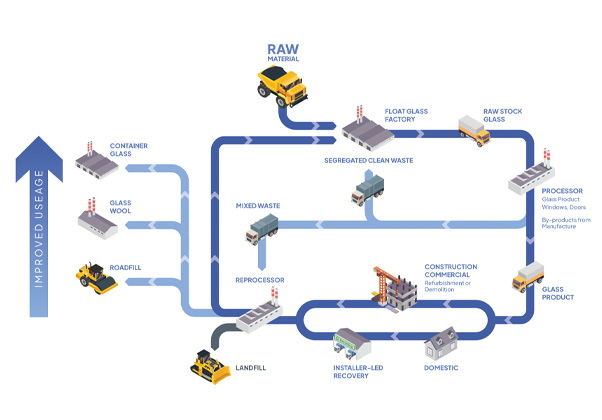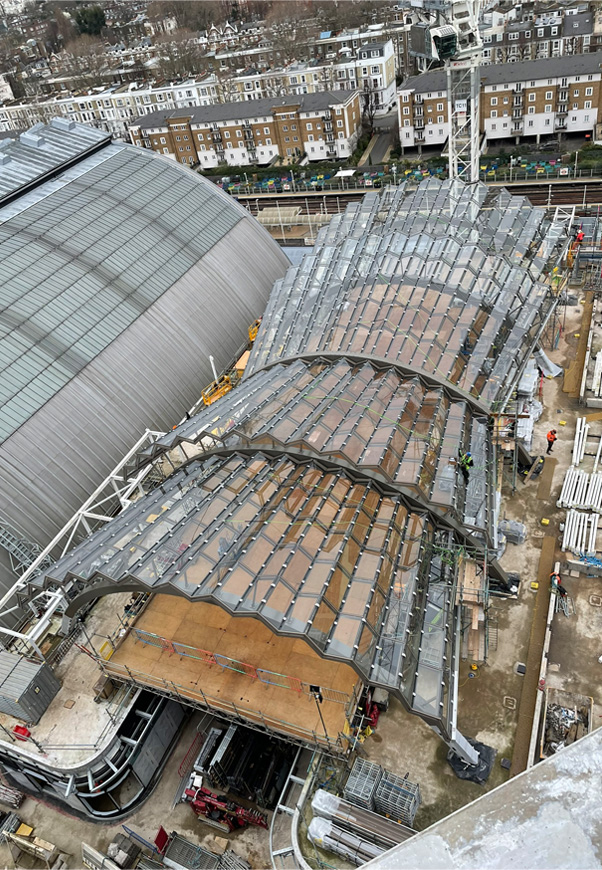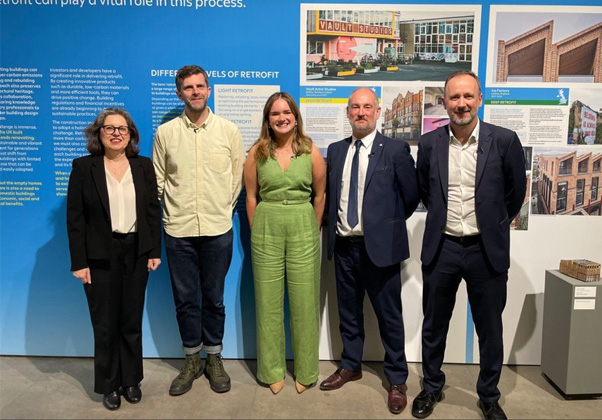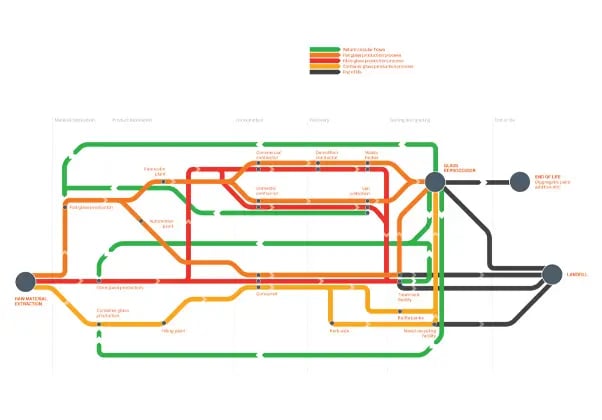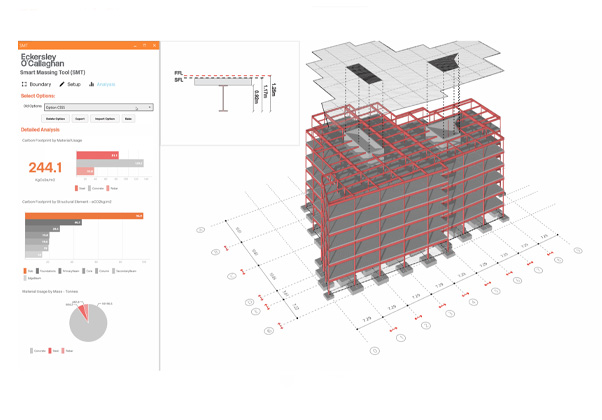Climate Friday | Why must the role of EPDs progress in our climate change environment
20 July 2021
17th July 2020

As we all strive for more sustainable design, knowing the lifecycle history of the materials we specify is key to making informed choices about the embodied carbon of our buildings. But as an industry, we are not producing this information at the level of accuracy and reliability required for us to meet our targets. In our latest climate Friday piece Project Facade Engineer Jonathan Jones and Senior Facade Engineer Dr Teni Ladipo discuss.
There are three types of technical data sheets – eco-labels – currently produced which provide environmental impact data about the products we specify. Types I and II provide limited comparability and transparency. They often come with a pass or fail criteria based on an organisation’s specification or as part of a marketing campaign for a product leading to misleading or biased information.
Type III eco-labels provide the environmental impact information obtained from a life cycle assessment (LCA) and present this data in a standardised manner that is third party audited. This allows for like-for-like comparison of products and puts the onus on the user to determine impact of a product through further building scale life cycle assessment.
The standards we require to make informed choices about the products we specify are called EPDs – environmental product declarations – and are type III eco labels.
EPDs are not new. They were first developed in the late 1990’s and the current standard, ISO 14025, was first published in 2006. But yet we still don’t have access to a larger database of EPD’s from manufacturers.
This lack of information is now limiting the ability to carry out embodied carbon emission assessments for our facade designs. Having manufacturer specific EPD data would not only allow us to achieve greater accuracy, but also help us to realistically specify and coordinate achievable targets in line with industry capabilities.

The reasons we can see are threefold.
Standards have been in place since the mid 2000’s, but EPDs are still some way from being universal in the procurement of data and the third-party verification not being transparent.
The standard (ISO 21930:2007) was designed to provide the framework for product category rules (PCRs) in an effort to align the framework of EPDs. However, PCRs often only cover a certain geographical scope, the data contained within them can suffer from non-specific standards, and program operators have minimal coordination.
And thirdly, EPDs are still only voluntary. Large upfront investments of time and money make them less attractive for suppliers to produce.
Despite the issues, work is being done to push the matter forward. The ECO Platform, established 2013, is bringing industry stakeholders and LCA practitioners together to build a framework for consistent EPDs across Europe. Furthermore, as climate change movement continues to build governments are starting to develop green polices and require more accountability from the construction industry.
But these are not enough to facilitate true change. Governments, clients and designers need to step up.
Legislation requiring mandatory production of EPDs for product, clients could facilitate change by requiring the information to be produced for their projects, and designers need to specify environmental impact targets in the same way they specify thermal or acoustic performance.
We are taking steps to require EPDs as a specification requirement for all materials and systems proposed for use in a facade, and hope to continue working with fellow industry members to make more reliable EPD data available for use in their projects.

